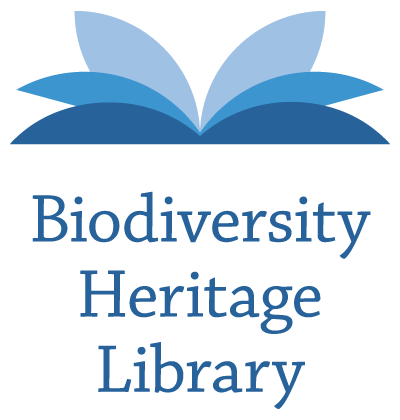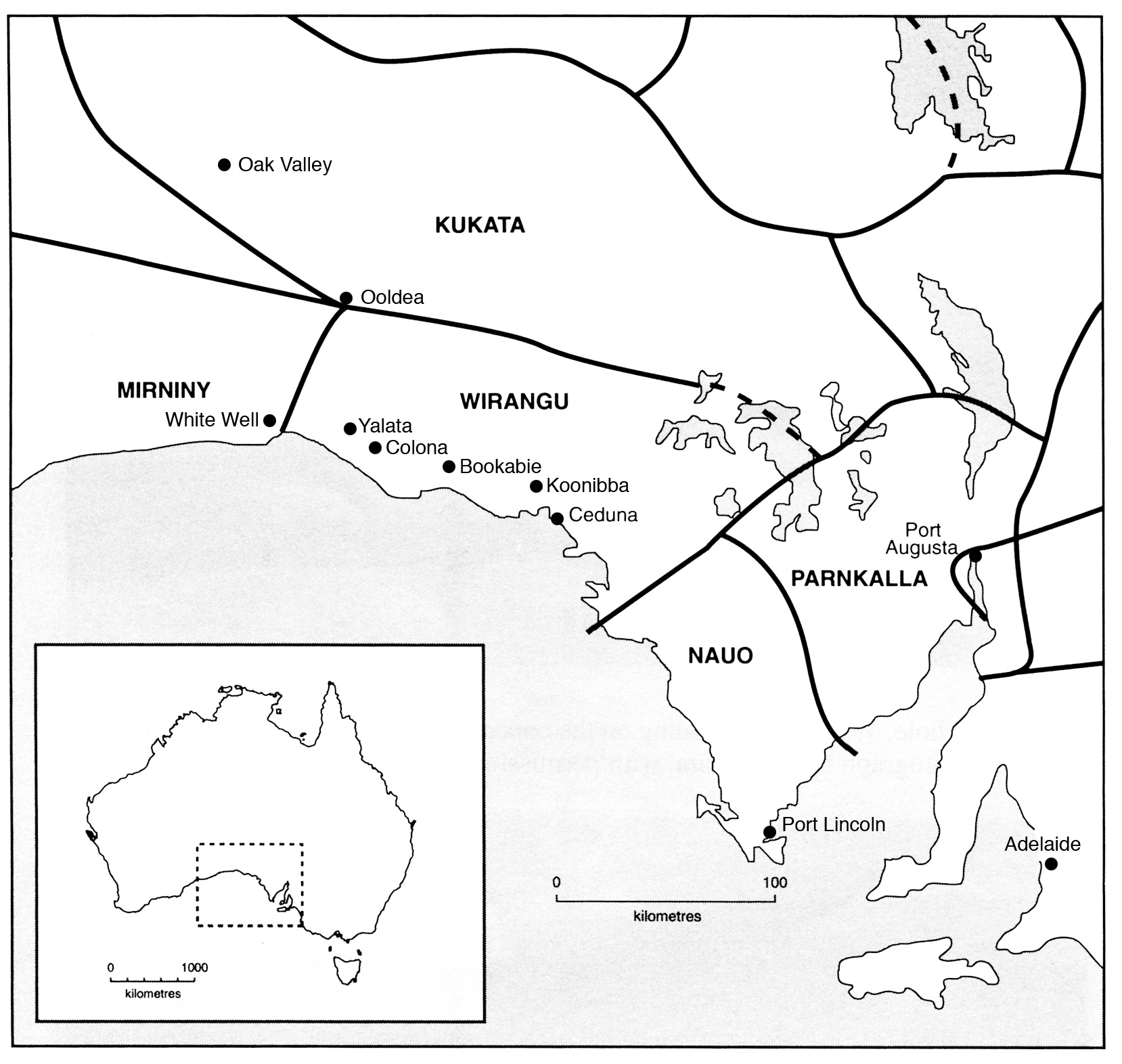|
Ngalia (Western Desert)
The Ngalia, or Ngalea, are an Aboriginal Australian people of the Western Desert cultural bloc resident in land extending from Western Australia to the west of South Australia. They are not to be confused with the Ngalia of the Northern Territory. Country The Ngalia's traditional lands are around the salt lake areas, such as the Serpentine Lakes in the Great Victoria Desert, northwest of Ooldea, South Australia, in what is now the Mamungari Conservation Park. Norman Tindale estimated their tribal lands as covering an extension of some . Language The Ngalia language, also known as Ooldean, is a dialect of the Western Desert language. Alternative names * ''Nangga'' ('men' in the sense that they had undergone circumcision) * ''Nanggaranggu'' * ''Nanggarangku'' (Pitjantjatjara exonym An endonym (from Greek: , 'inner' + , 'name'; also known as autonym) is a common, ''native'' name for a geographical place, group of people, individual person, language or dialect, meani ... [...More Info...] [...Related Items...] OR: [Wikipedia] [Google] [Baidu] |
Aboriginal Australian
Aboriginal Australians are the various Indigenous peoples of the Australian mainland and many of its islands, such as Tasmania, Fraser Island, Hinchinbrook Island, the Tiwi Islands, and Groote Eylandt, but excluding the Torres Strait Islands. The term Indigenous Australians refers to Aboriginal Australians and Torres Strait Islanders collectively. It is generally used when both groups are included in the topic being addressed. Torres Strait Islanders are ethnically and culturally distinct, despite extensive cultural exchange with some of the Aboriginal groups. The Torres Strait Islands are mostly part of Queensland but have a separate governmental status. Aboriginal Australians comprise many distinct peoples who have developed across Australia for over 50,000 years. These peoples have a broadly shared, though complex, genetic history, but only in the last 200 years have they been defined and started to self-identify as a single group. Australian Aboriginal identity has cha ... [...More Info...] [...Related Items...] OR: [Wikipedia] [Google] [Baidu] |
ANU Press
ANU Press (or Australian National University Press; originally ANU E Press) is an open-access scholarly publisher of books, textbooks and journals. It was established in 2004 to explore and enable new modes of scholarly publishing. In 2014, ANU E Press changed its name to ANU Press to reflect the changes the publication industry had seen since its foundation. History ANU Press was Australia's first primarily electronic academic publisher. ANU Press justified its foundation by mentioning the desire to publish scholarly works that would not necessarily gain profit, and the belief that online publishing was an viable alternative to traditional academic publishing that overcame the inaccessibility, costs, and requirements for setup that were inherent in traditional publishing. Activities ANU Press produces on average 50–60 fully peer-reviewed research publications each year, and maintains a website featuring over 700 recent and back-list titles. It is recognised by the De ... [...More Info...] [...Related Items...] OR: [Wikipedia] [Google] [Baidu] |
Macmillan Publishers
Macmillan Publishers (occasionally known as the Macmillan Group; formally Macmillan Publishers Ltd and Macmillan Publishing Group, LLC) is a British publishing company traditionally considered to be one of the 'Big Five' English language publishers. Founded in London in 1843 by Scottish brothers Daniel and Alexander MacMillan, the firm would soon establish itself as a leading publisher in Britain. It published two of the best-known works of Victorian era children’s literature, Lewis Carroll's ''Alice's Adventures in Wonderland'' (1865) and Rudyard Kipling's ''The Jungle Book'' (1894). Former Prime Minister of the United Kingdom, Harold Macmillan, grandson of co-founder Daniel, was chairman of the company from 1964 until his death in December 1986. Since 1999, Macmillan has been a wholly owned subsidiary of Holtzbrinck Publishing Group with offices in 41 countries worldwide and operations in more than thirty others. History Macmillan was founded in London in 1843 by Daniel ... [...More Info...] [...Related Items...] OR: [Wikipedia] [Google] [Baidu] |
Oceania (journal)
''Oceania'' is a triannual peer-reviewed academic journal that was established in 1930. It covers social and cultural anthropology of the peoples of Oceania, including Australia, Melanesia, Polynesia, Micronesia, and Southeast Asia. The journal publishes research papers as well as review articles, correspondence, and shorter comments. Occasionally, a special issue is devoted to a single topic, comprising thematically connected collections of papers prepared by a guest editor. The journal is published by Wiley-Blackwell and the editors-in-chief are Jadran Mimica (University of Sydney) and Sally Babidge (University of Queensland). Past editors include Alfred Radcliffe-Brown, Adolphus Peter Elkin, Raymond Firth Sir Raymond William Firth (25 March 1901 – 22 February 2002) was an ethnologist from New Zealand. As a result of Firth's ethnographic work, actual behaviour of societies (social organization) is separated from the idealized rules of behaviou ... and Nancy Williams. ... [...More Info...] [...Related Items...] OR: [Wikipedia] [Google] [Baidu] |
Biodiversity Heritage Library
The Biodiversity Heritage Library (BHL) is the world’s largest open access digital library for biodiversity literature and archives. BHL operates as worldwide consortiumof natural history, botanical, research, and national libraries working together to address this challenge by digitizing the natural history literature held in their collections and making it freely available for open access as part of a global “biodiversity community.” The BHL consortium works with the international taxonomic community, publishers, bioinformaticians, and information technology professionals to develotools and servicesto facilitate greater access, interoperability, and reuse of content and data. BHL provides a range of services, data exports, and APIs to allow users to download content, harvest source data files, and reuse materials for research purposes. Through taxonomic intelligence tools developed bGlobal Names Architecture BHL indexes the taxonomic names throughout the collection, allowing ... [...More Info...] [...Related Items...] OR: [Wikipedia] [Google] [Baidu] |
Royal Society Of South Australia
The Royal Society of South Australia (RSSA) is a learned society whose interest is in science, particularly, but not only, of South Australia. The major aim of the society is the promotion and diffusion of scientific knowledge, particularly in relation to natural sciences. The society was originally the Adelaide Philosophical Society, founded on 10 January 1853. The title "Royal" was granted by Queen Victoria in October 1880 and the society changed its name to its present name at this time. It was incorporated in 1883. It also operates under the banner Science South Australia. History The origins of the Royal Society are related to the South Australian Literary and Scientific Association, founded in August 1834, before the colonisation of South Australia, and whose book collection eventually formed the kernel of the State Library of South Australia. The Society had its origins in a meeting at the Stephens Place home of J. L. Young (founder of the Adelaide Educational Institut ... [...More Info...] [...Related Items...] OR: [Wikipedia] [Google] [Baidu] |
Kado Muir
Kado Muir is an Australian Aboriginal artist, anthropologist, archaeologist, and Indigenous rights activist in Western Australia. Early life and family Muir's father was dogger Peter Muir, who gave the important sacred and archaeological site Serpent's Glen, in the Little Sandy Desert, its name. Muir spent 16 months in the area around the Carnarvon Ranges (also known as Katjarra) in 1962 , and gave the first written account of the rock art at Serpent's Glen, now known as Karnatukul. He also named Billycan Spring. He married Daisy, an Aboriginal woman, and had sons Talbot and Kado. Traditional owner Muir is a Ngalia traditional owner, holder of cultural knowledge and of the Mantjiltjara language, and of the country to the northwest of Leonora. He is an applicant on the Mantjintjarra Ngalia peoples native title claim in the Goldfields region. Advocacy He is a fierce advocate for the rights of Indigenous Australians in land rights, protecting heritage, and recognising the ... [...More Info...] [...Related Items...] OR: [Wikipedia] [Google] [Baidu] |
Wirangu People
The Wirangu are an Aboriginal Australian people of the Western coastal region of South Australia. Name Daisy Bates stated that the Wirangu ethnonym was composed of two words: ''wira'' (cloud) and ''wonga'' (speech). Language Wirangu is usually classified as genetically related to the Thura-Yura language family. Early ethnographers, such as R. H. Mathews stated that the Barngarla, Nauo and Wirangu peoples were "practically the same people in language and customs". Country In Norman Tindale's estimation, the Wirangu were assigned an original tribal land extending over , embracing the coastal area between Head of Bight, Cape Blanche and Streaky Bay, with an inland extension running north to places like Ooldea, Kokatha, and Kondoolka. Mythology In ancestral times a large mother snake travelled down from the west to ''Juldi'kapi''. From there it was followed by two men (the ''Wati Kutjara'') who wished to kill it. They chased the snake south-east to Pedinga water-hole ('' ... [...More Info...] [...Related Items...] OR: [Wikipedia] [Google] [Baidu] |
Exonym
An endonym (from Greek: , 'inner' + , 'name'; also known as autonym) is a common, ''native'' name for a geographical place, group of people, individual person, language or dialect, meaning that it is used inside that particular place, group, or linguistic community in question; it is their self-designated name for themselves, their homeland, or their language. An exonym (from Greek: , 'outer' + , 'name'; also known as xenonym) is an established, ''non-native'' name for a geographical place, group of people, individual person, language or dialect, meaning that it is used only outside that particular place, group, or linguistic community. Exonyms exist not only for historico-geographical reasons but also in consideration of difficulties when pronouncing foreign words. For instance, is the endonym for the country that is also known by the exonym ''Germany'' in English, in Spanish and in French. Naming and etymology The terms ''autonym'', ''endonym'', ''exonym'' and ' ... [...More Info...] [...Related Items...] OR: [Wikipedia] [Google] [Baidu] |
Pitjantjatjara
The Pitjantjatjara (; or ) are an Aboriginal people of the Central Australian desert near Uluru. They are closely related to the Yankunytjatjara and Ngaanyatjarra and their languages are, to a large extent, mutually intelligible (all are varieties of the Western Desert language). They refer to themselves as aṉangu (people). The Pitjantjatjara live mostly in the northwest of South Australia, extending across the border into the Northern Territory to just south of Lake Amadeus, and west a short distance into Western Australia. The land is an inseparable and important part of their identity, and every part of it is rich with stories and meaning to aṉangu. They have, for the most part, given up their nomadic hunting and gathering lifestyle but have retained their language and much of their culture in synergy with increasing influences from the broader Australian community. Today there are still about 4,000 aṉangu living scattered in small communities and outstations acros ... [...More Info...] [...Related Items...] OR: [Wikipedia] [Google] [Baidu] |
Norman Tindale
Norman Barnett Tindale AO (12 October 1900 – 19 November 1993) was an Australian anthropologist, archaeologist, entomologist and ethnologist. Life Tindale was born in Perth, Western Australia in 1900. His family moved to Tokyo and lived there from 1907 to 1915, where his father worked as an accountant at the Salvation Army mission in Japan. Norman attended the American School in Japan, where his closest friend was Gordon Bowles, a Quaker who, like him, later became an anthropologist. The family returned to Perth in August 1917, and soon after moved to Adelaide where Tindale took up a position as a library cadet at the Adelaide Public Library, together with another cadet, the future physicist, Mark Oliphant. In 1919 he began work as an entomologist at the South Australian Museum. From his early years, he had acquired the habit of taking notes on everything he observed, and cross-indexing them before going to sleep, a practice which he continued throughout his life, and which ... [...More Info...] [...Related Items...] OR: [Wikipedia] [Google] [Baidu] |



